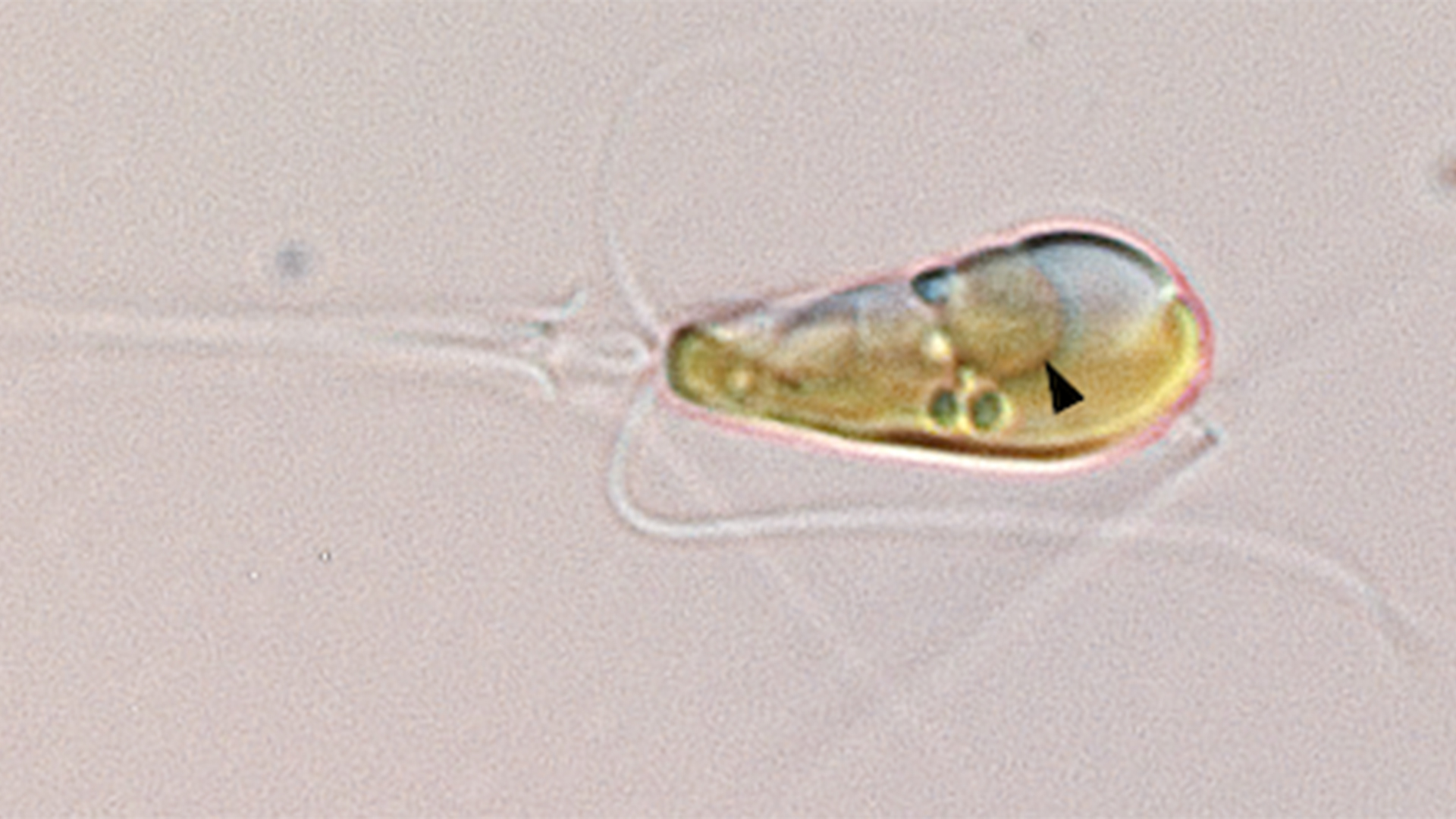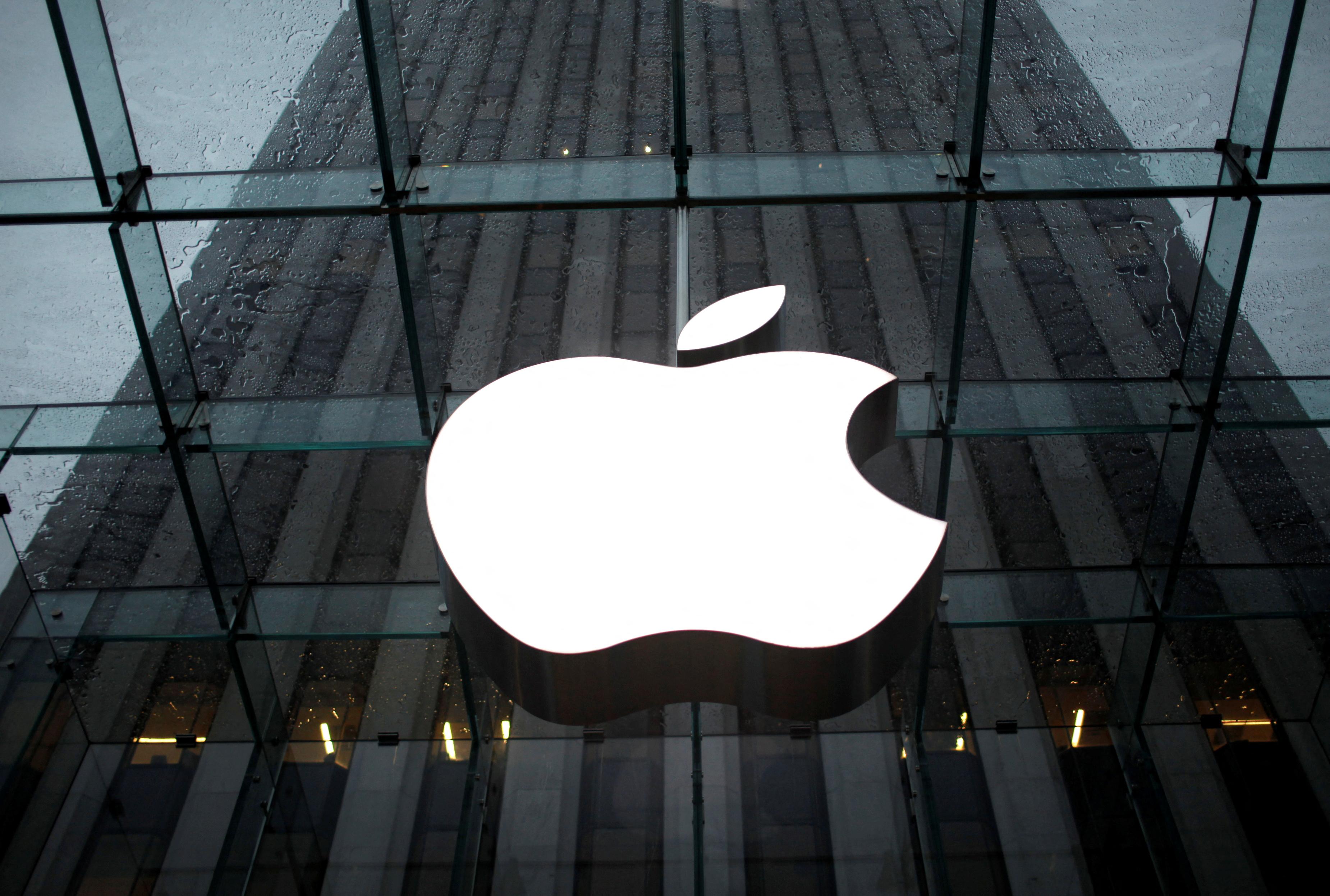By NASASeptember 26, 2021
A portion of the SpaceX Cargo Dragon vehicle is pictured at lower left as the space station orbited above northern France. Credit: NASA
Rodent research, microbe sampling and Dragon packing filled the Expedition 65 crew’s day at the end of the week aboard the International Space Station. Three orbital residents are also preparing their Soyuz crew ship to switch docking ports next week.
“>NASA Flight Engineers Megan McArthur and Shane Kimbrough started their day observing mice once again inside the Life Science Glovebox (LSG) located in Japan’s Kibo laboratory module. The space biology study is helping scientists identify genes and observe cell functions that are impacted by weightlessness and affect skin processes.
Assisting the duo, ESA (European Space Agency) Thomas Pesquet continued the mice observations during the afternoon. NASA Flight Engineer Mark Vande Hei handled the LSG set up and closeout operations during Friday’s experiment work.
During the afternoon, McArthur swabbed and collected microbe samples from surfaces in the station’s U.S. segment. She photographed the surface areas and stowed the samples for later analysis to document the types of microbes living on the orbiting lab.
Vande Hei and Commander Akihiko Hoshide of the Japan Aerospace Exploration (JAXA) spent a couple of hours on Friday loading the SpaceX Cargo Dragon resupply ship for return to Earth. The Cargo Dragon will undock from the Harmony module’s forward international docking adapter on Thursday at 9:05 a.m. EDT. It will parachute to a splashdown off the coast of Florida several hours later for retrieval by SpaceX and NASA personnel.
Roscosmos cosmonauts Oleg Novitskiy and Pyotr Dubrov reviewed the procedures today and the path they will take when their Soyuz MS-18 spacecraft moves to a new port. Vande Hei will join his Russian crewmates when they undock from the Rassvet module at 8:21 a.m. on Tuesday. They will temporarily maneuver toward the station’s U.S. segment where they will photograph the orbiting lab’s configuration. Shortly after that, they will move back toward the Russian segment and redock to the Nauka multipurpose laboratory module at around 9 a.m.
The Russian segment’s Zvezda service module fired its engines for less than a minute today slightly lowering the space station’s orbit. The deorbit boost, as it is called, places the station at the correct phase ahead of the arrival of the Soyuz MS-19 crew ship and the departure of the Soyuz MS-18 crew ship in October.
Note: This article have been indexed to our site. We do not claim legitimacy, ownership or copyright of any of the content above. To see the article at original source Click Here



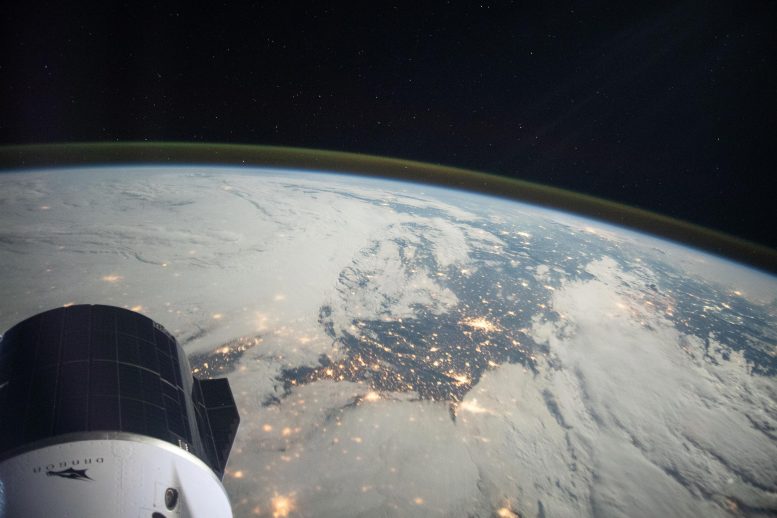





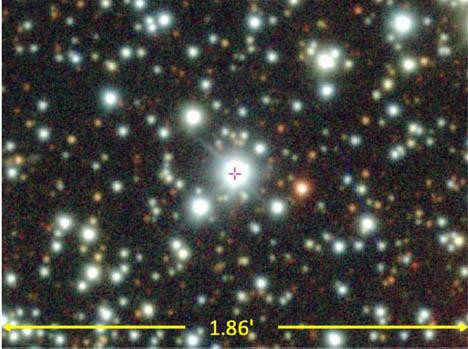
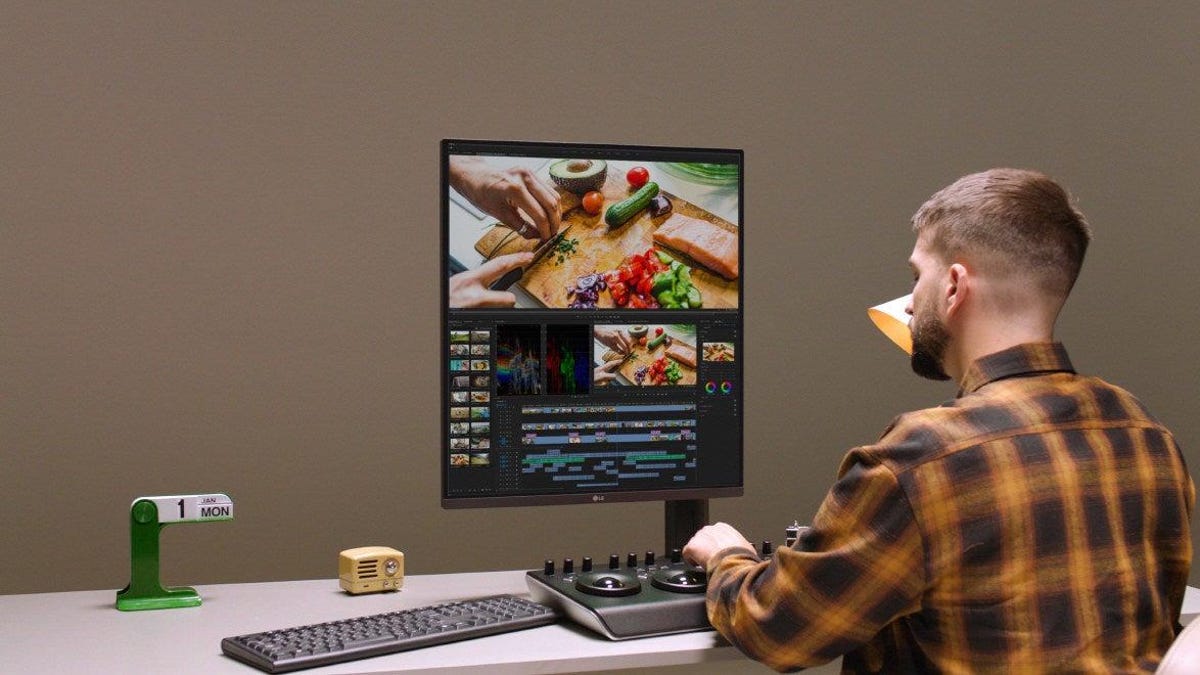
![We Asked a NASA Scientist: What’s It Like Landing on Mars? [Video] thumbnail](https://scitechdaily.com/images/Mars-Perseverance-Landing.gif)

